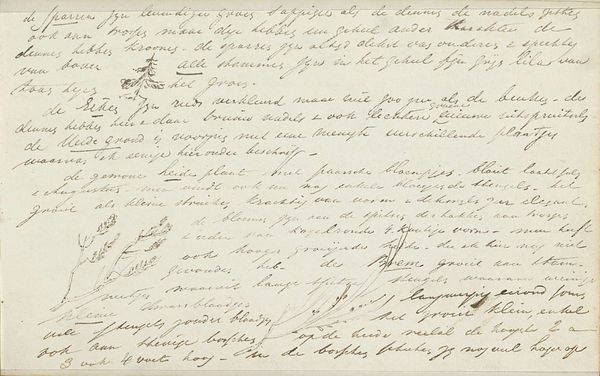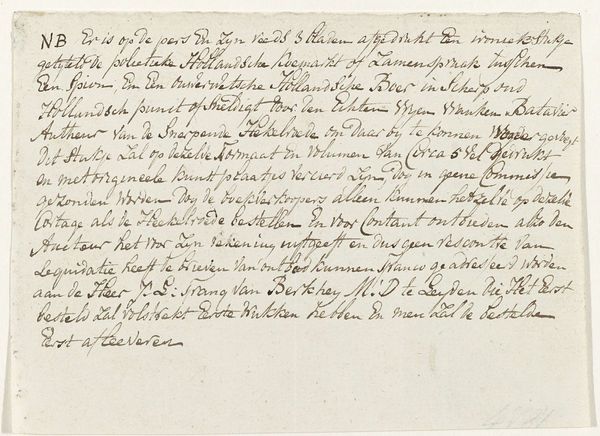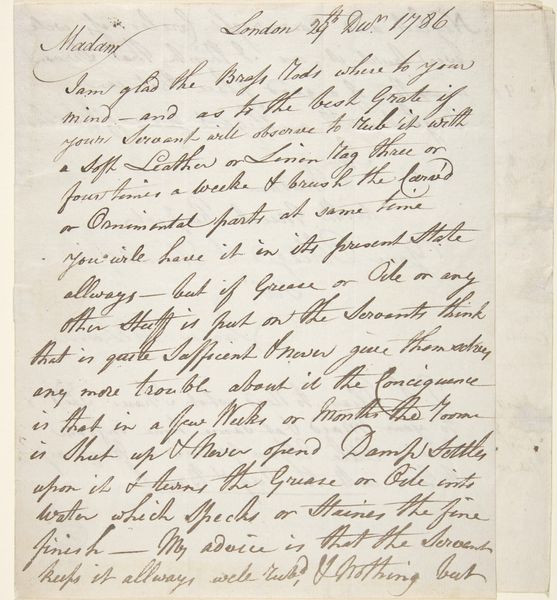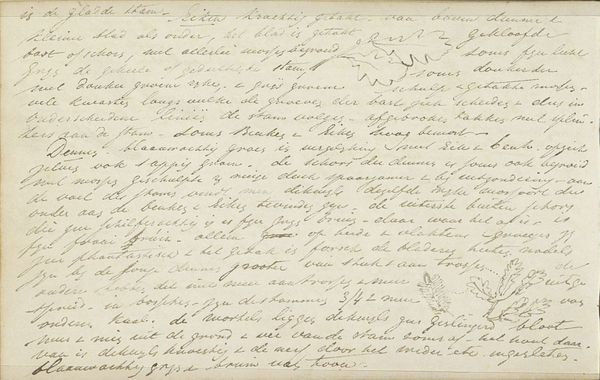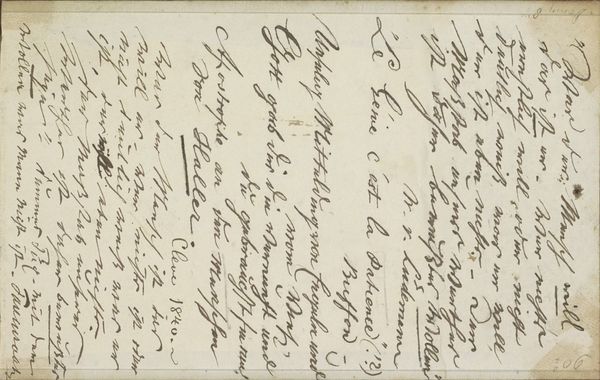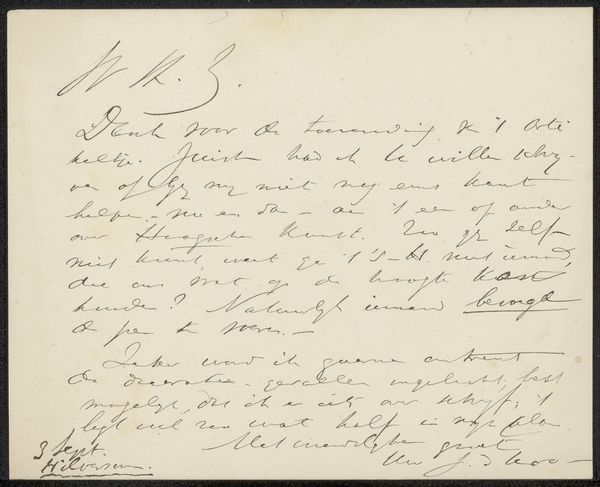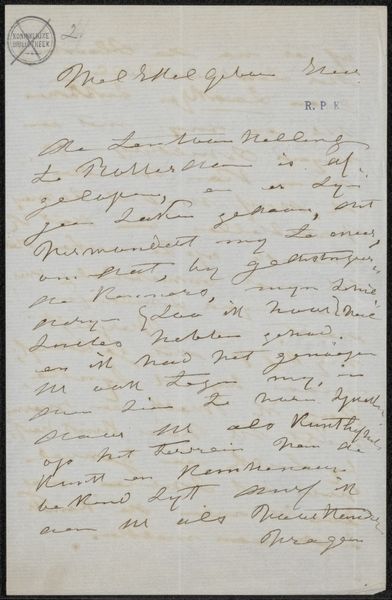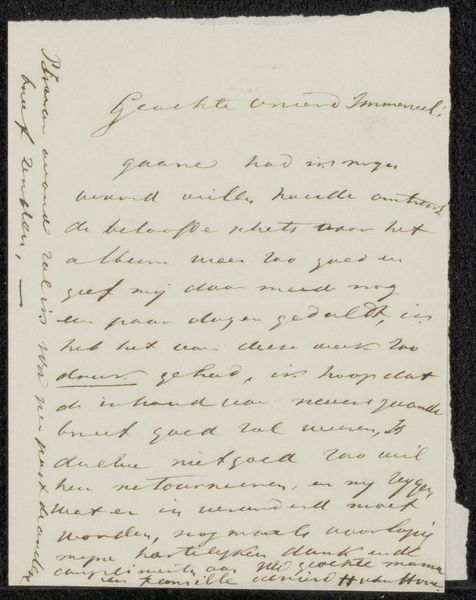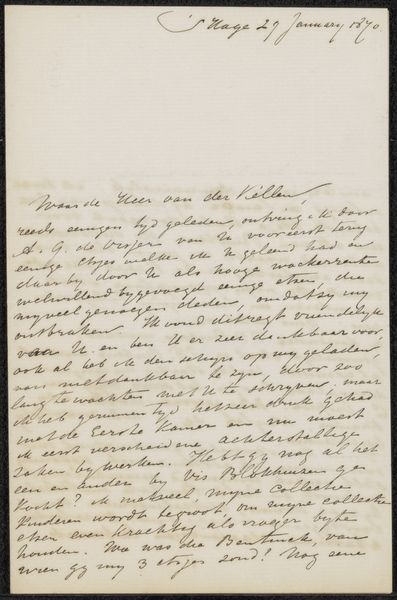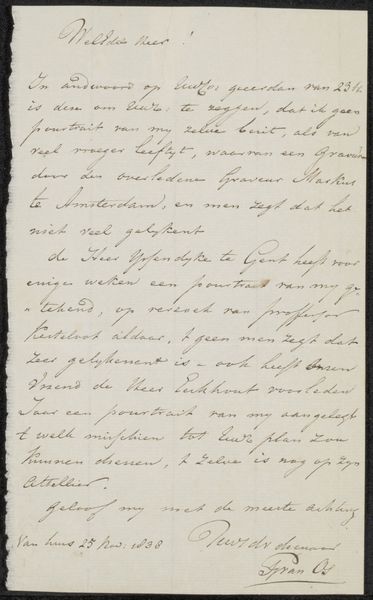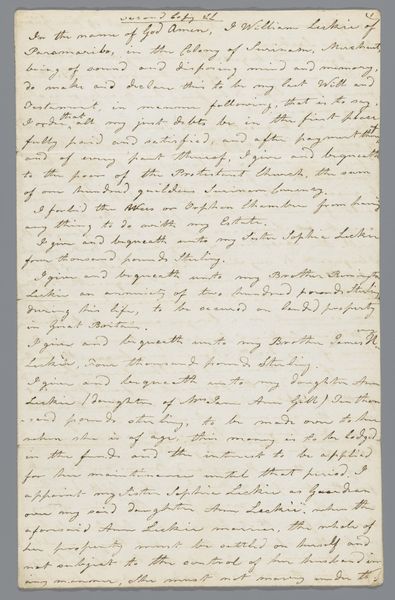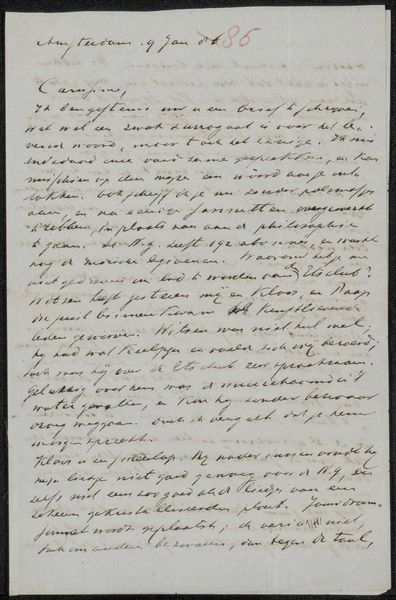
drawing, paper, ink
#
drawing
#
paper
#
ink
#
romanticism
#
naturalism
Copyright: Rijks Museum: Open Domain
Curator: Looking at this artwork, I immediately appreciate the subtle rendering of light and shadow, primarily conveyed through delicate ink strokes. Editor: It's indeed a captivating work, especially considering the socio-political environment of 1843, when Johannes Tavenraat created this drawing, titled “Paddestoelen,” which translates to Mushrooms. The artist really engages with naturalism and romanticism here. It’s currently housed in the Rijksmuseum. Curator: I see those tendencies quite strongly. The drawing consists of multiple studies of mushrooms meticulously rendered in ink on paper. The varied shapes and sizes indicate careful observation and, in the end, an elegant arrangement. Editor: Exactly. Botanical drawings such as this one provided vital documentation during a period of burgeoning scientific inquiry and colonial expansion. Representing nature through an almost objective lens was viewed with prestige. Were the drawings more romantic depictions, however, this may demonstrate a pushback to colonialism as nature-based and nature-centric philosophies developed. Curator: An insightful connection. For me, the most interesting part is the way he renders each mushroom distinctly. Some are barely emerging from the ground, mere caps, while others have fully unfurled their gills and their presence. The artist creates a delicate sense of depth within a tight space. Editor: And one cannot but think how that “tight space” for observation affects the larger narrative surrounding the drawing. How are social issues embedded here as the artist carefully details those various fungi? Curator: Indeed, its success resides in this fine balance—careful detail blended with artistry and observation of subject in conjunction with its position within larger ecological systems. Editor: It's incredible how a simple sketch of mushrooms can reveal a network of fascinating dialogues about science, nature, and human society. Curator: It encourages us to view botanical renderings such as “Paddestoelen” as valuable and meaningful.
Comments
No comments
Be the first to comment and join the conversation on the ultimate creative platform.
